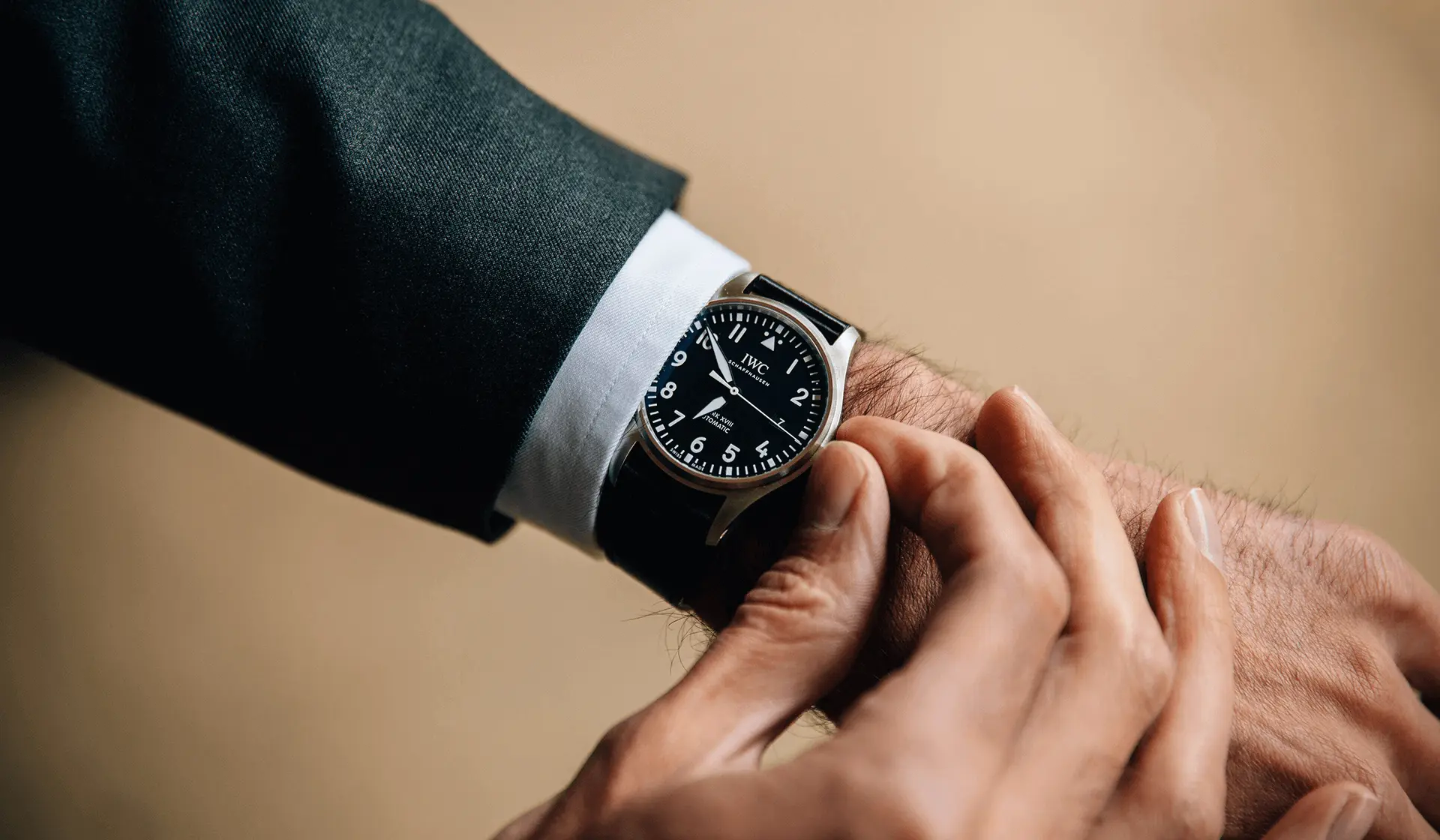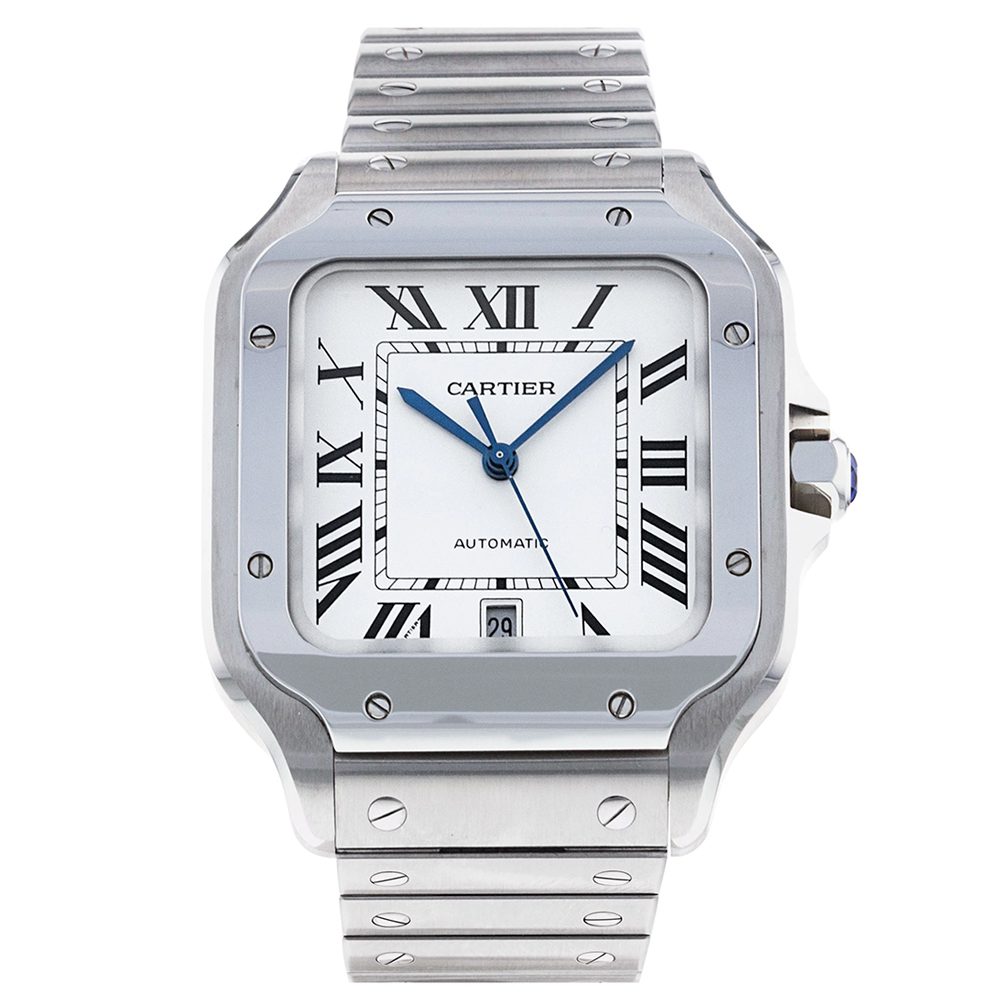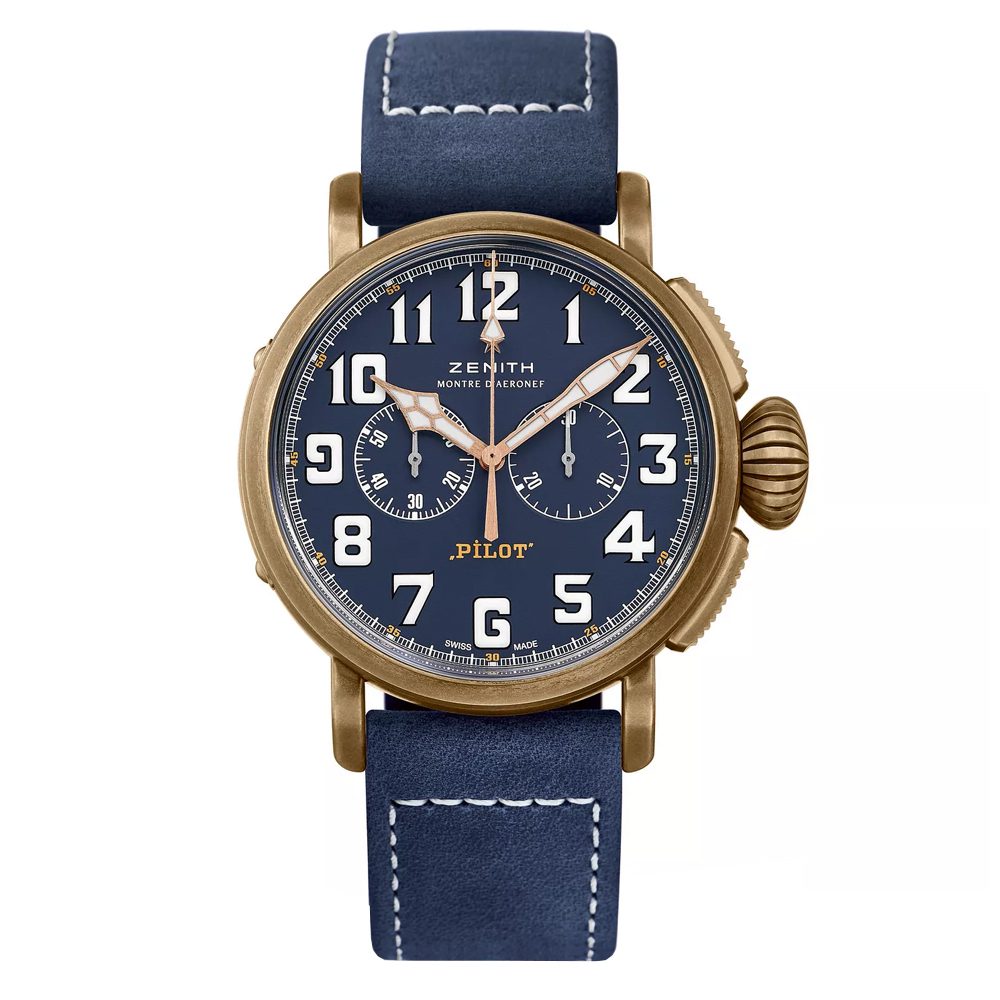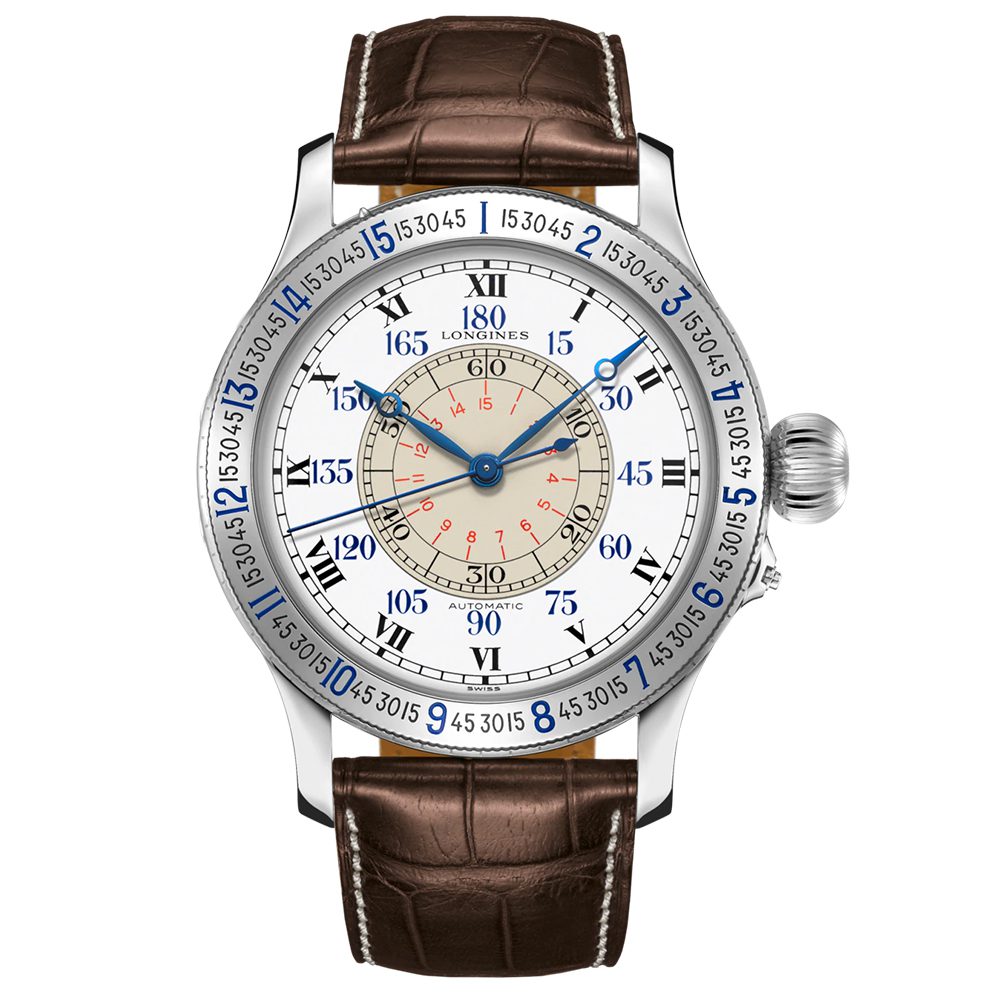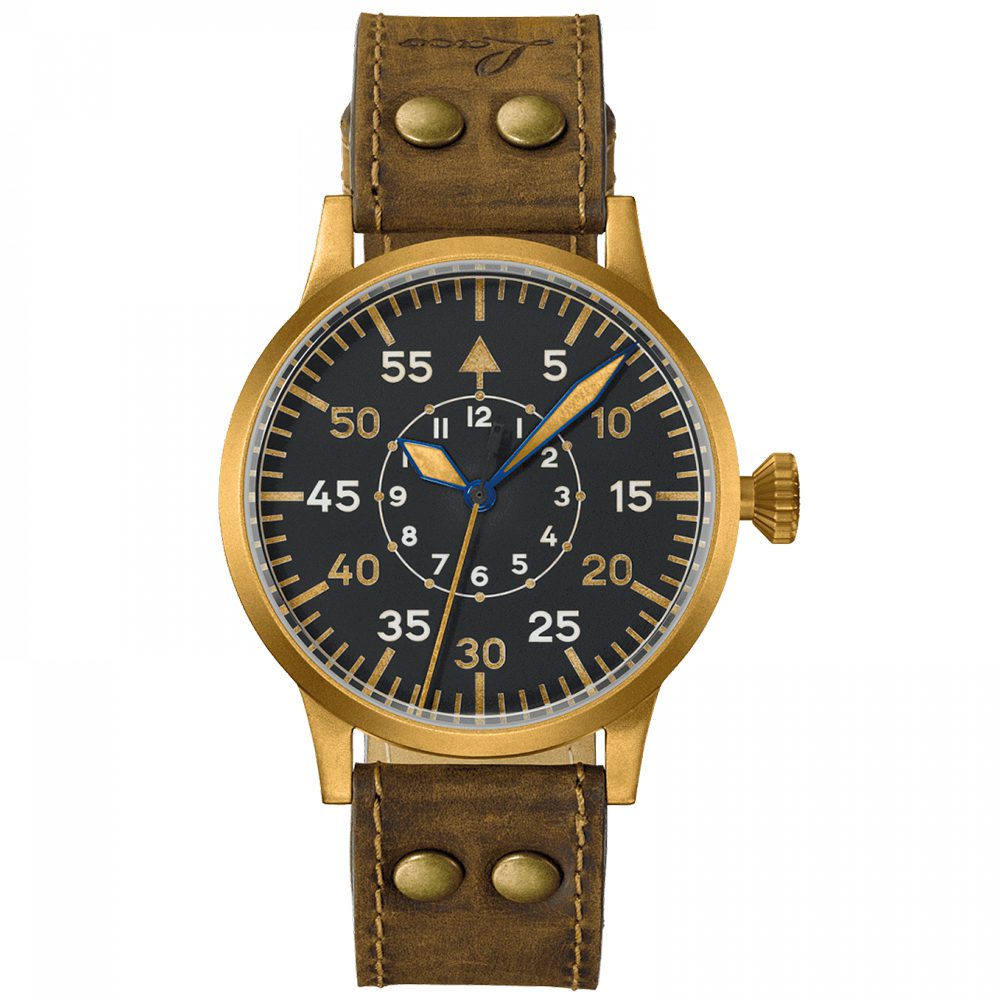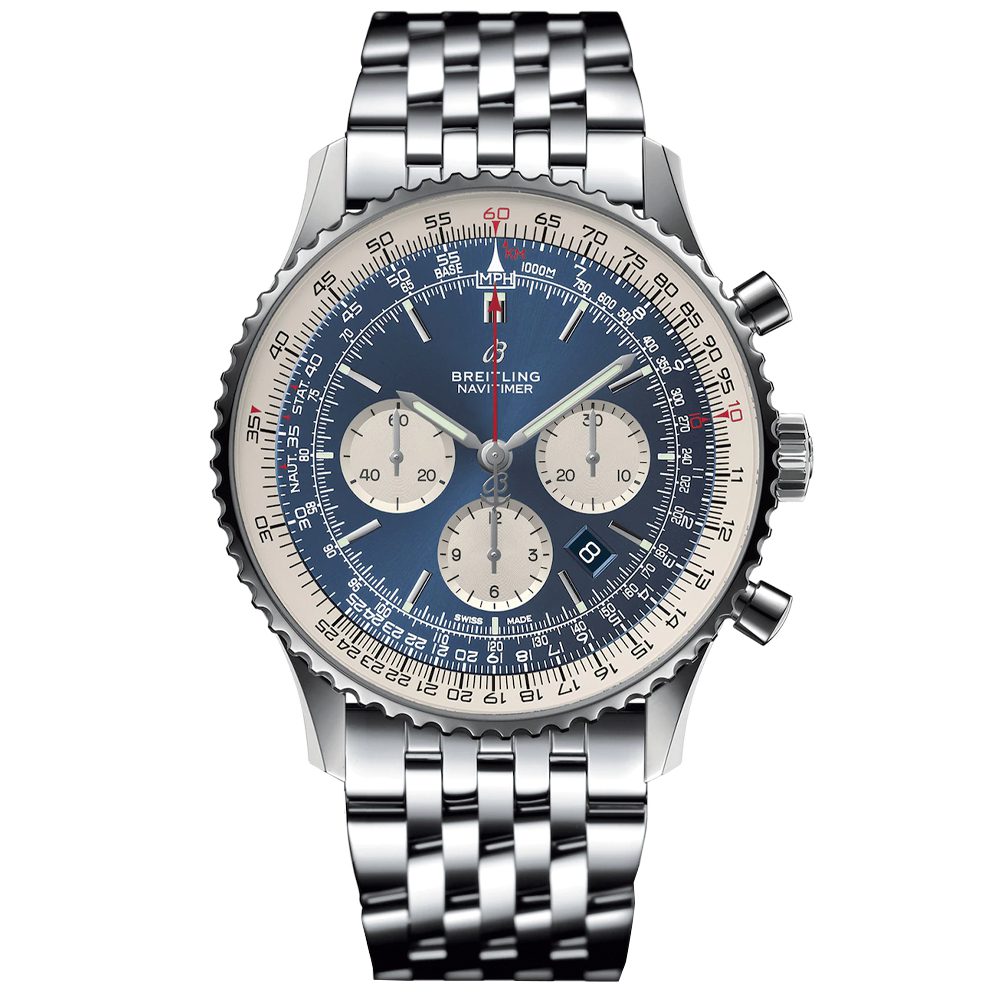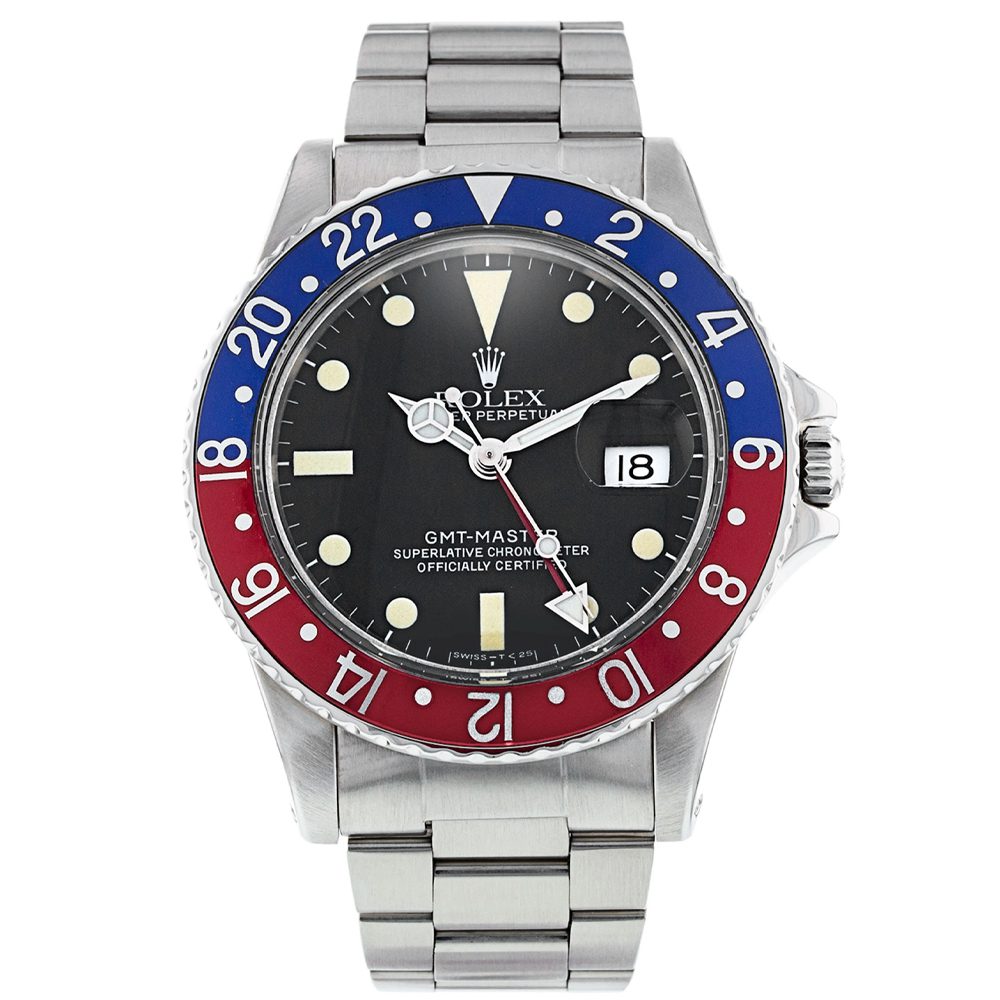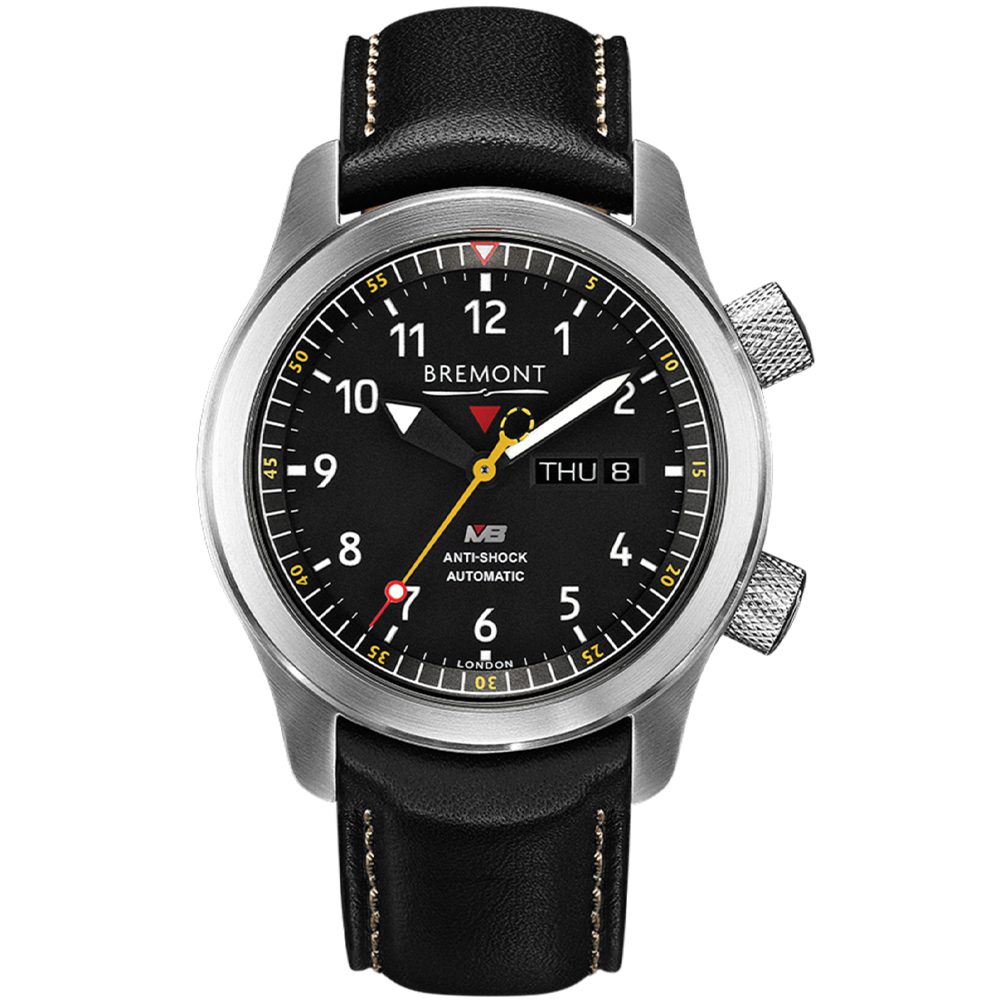7 Of The Most Important Pilot’s Watches Of All Time
Modern pilot watches aren’t really made for aviators anymore, despite them retaining all the key characteristics that made them tool watches in the first place. Advances such as electrical navigation has largely made the notion of using only paper, pencil and the slide rule on your trusty Breitling to make important calculations obsolete, while most pilots actually default to quartz models because of their accuracy.
Despite pilot watches now being disassociated from the cockpits that formed them in the first place, the evolution of the pilot watch tells the story of our endeavours to take to the skies, from Alberto Santos-Dumont’s desire to ditch his pocket watch to the commercialisation of international travel causing the rise of dual time-zones. Here, we chart the major moments in the pilot’s watch history through seven models that were the most innovative. (In our opinion anyway…)
Cartier Santos (1904)
Despite looking nothing like a pilot’s watch, the Cartier Santos was designed to be just that. It was made by Louis Cartier for his friend Alberto Santos-Dumont, a daredevil aeronaut who built flying machines. Santos-Dumont asked Cartier to create a timepiece that he could wear on his wrist rather than having to rummage around for a pocket watch while flying one of his creations.
The result was the first wristwatch as well as first pilot’s watch. The original small, squared-cased piece has been lost but its lineage is evident in the minimalist lines of today’s designs.
Zenith Montre d’Aeronef Type 20 (1909)
Thanks to Santos-Dumont and the Wright Brothers, the age of the gentleman pilot arose. And those with money and a touch of madness wanted to have their names immortalised in the history books. One who succeeded was Louis Blériot, who was the first man to fly across the English Channel. Strapped to his wrist was a Zenith, which cemented the Swiss watchmakers links to aviation.
It also served as inspiration for 1939’s Montre d’Aeronef Type 20, the chronometric instrument later designed for French aircraft’s cockpits.
Longines Lindbergh Hour Angle Weems (1930-1)
This intriguing looking timepiece was devised by aviator Charles Lindbergh, who flew across the Atlantic in 1927, as an improvement to Lieutenant Commander Philip Weems’s prior navigational system, which was also produced by Longines. Weems invented an independently adjustable seconds ring, which allowed pilots to sychronise their watches with radio time without stopping the seconds hand.
There were no radio signals over the ocean at that time so Lindbergh devised a watch that could calculate longitude using the time, the Hour Angle and a sextant (all contained in the timepiece) with the assistance of a nautical almanac to determine the discrepancy between civil and solar time.
It’s an impressive navigational tool and looks pretty amazing too. Just don’t tell anyone you’re not entirely sure how to use it.
The Beobachtungsuhren/B-UHR (1941)
Designed for Hitler’s newly created Luftwaffe, these Observation watches were intended to be worn by the plane’s navigator. They were 55mm in size but most definitely designed to be worn on the wrist.
These timepieces set out the design language for the modern pilot’s watch: the large, easily legible Arabic numerals; the onion crown that could be adjusted with gloves on; the triangle marker at 12 o’clock flanked by two dots; the luminescence; antimagnetic balance; and long strap so it could be worn over clothing.
Made by A Lange & Sohne, Laco, Stowa , Wempe and IWC, their history might be murky but their aesthetic has endured.
Breitling Chronomat (1941) & Navitimer (1957)
You can’t talk about Breitling’s game-changing Navitimer without referencing its predecessor, the Chronomat. In 1940, Breitling applied for a Swiss government patent for a circular slide rule that could operate in conjunction with a wristwatch. They sold well but when Breitling came to update it, it decided to create a watch that could genuinely be useful to commercial pilots – and the Navitimer was born.
The new watch had a logarithmic scale, which has its roots in 17th century Scotland and an astronomer called John Napier. This was adapted by a mathematician called Marcel Roberts to measure the three most important units for pilots: STAT for standard mileage, KM for kilometres and NAUT for nautical miles. These three combined allowed pilots to easily do complex calculations, such as average speed and fuel consumption.
It’s pretty useless for us civvies now we all have mobile phones but, if you own one and don’t want to look silly, this section of the FHH website might be worth a read.
Shop now at Watches of Switzerland
Rolex GMT-Master (1954)
This is the watch that introduced the dual time-zone function to the world. As air travel was becoming more commonplace, this function was useful for those who needed to track home and local time. Pilots were particularly enamoured. It was not made for Pan-Am, as some like to claim, however the US airline did ask Rolex to be the official timepiece of their pilots – leading to the now iconic red and blue bezel, known to collectors as the ‘Pepsi’.
The GMT-Master has since been succeeded by the GMT-Master II, which added a third time zone thanks to the addition of independent hour and 24-hour hands that leaves the bezel free for an extra time zone.
Bremont MBI (2007)
This model didn’t change the pilot’s watch exactly, but it certainly took it to new heights. In 2007, British company Martin-Baker, the world’s leading manufacturer of ejection seats, asked fellow British brand Bremont if they could create a mechanical watch that could withstand the pressure of ejection from a fighter jet.
For those who haven’t experienced this, apparently it is one of the worst experiences you can put the human body through due to the 15-19Gs it has to sustain. The watch had to survive the same rigorous testing the seats were put through – extremes of altitude, temperature and vibration – as well as the ejection itself.
Bremont created the MBI, a supremely tough watch with a three-layer case, patented anti-shock movement mount and inner directional bezel. Ordinary mortals can get their hands on an MBII or MBIII, but the MBI remains only for those who have actually had to pull the ejection handle.
